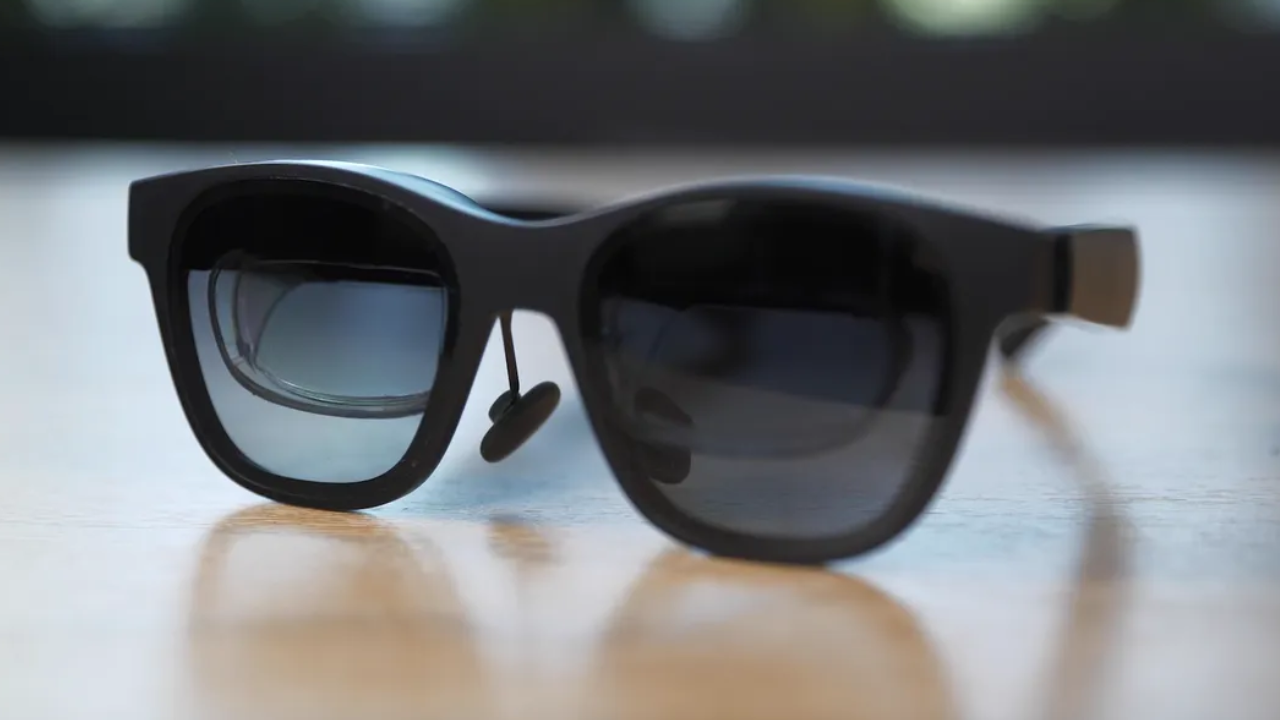The art of presentation is vital in the dynamic world of retail and exhibition, and nowhere is this more apparent than in the careful curation of eyewear through glass displays. These displays act as the visual gateway, where form meets function, displaying an array of spectacles or sunglasses with precision and style. The glass display is a crucial design feature that balances aesthetics and accessibility.
From the sleek clarity of acrylic to the warmth of oak frames, these displays are versatile canvases that adapt to the unique identity of each brand. Beyond their visual appeal, eyewear displays serve an important function in establishing an organized and entertaining buying experience.
As these glass display technologies evolve, the possibilities appear limitless whether it’s improving efficiency in the workplace, giving immersive entertainment experiences, or seamlessly integrating digital information into our daily lives. A glasses display is the beginning of a new era in which the lenses we wear not only correct our eyesight but also augment our reality.
Spectrum of Glasses Display Technologies
Transparent Display
Transparent displays are at the heart of augmented reality (AR) glasses, allowing users to superimpose digital content over their real-world perspective. Light can travel through these screens, resulting in a see-through illusion that perfectly combines virtual information with the physical surroundings. Transparent displays are critical for applications such as navigation, gaming, and industrial use, where users must be aware of their surroundings while engaging with digital material.
Optical See-Through Display
Optical see-through displays are at the forefront of AR eyewear technology. These technologies let users observe both the physical environment and digitally generated content at the same time. Because of the transparency, these displays provide an immersive augmented reality experience, making them perfect for applications such as navigation aids, gaming, and professional use cases.
Video See-Through Display
Video see-through displays employ a different technique, capturing the user’s surroundings with cameras. The collected video feed is then employed as a canvas for digital content projection. This dynamic connection with the environment enables the digital elements to respond to changes in the user’s surroundings in real-time.
Microdisplay Technology
Microdisplay technology is critical to the miniaturization of smart glasses. These small displays are integrated into eyewear, creating high-resolution visuals while reducing the overall size and weight of the device. Microdisplays of many varieties, including Liquid Crystal Displays (LCDs), Organic Light-Emitting Diode (OLED) displays, and Liquid Crystal on Silicon (LCoS) displays, contribute to the sharp visuals and power efficiency required for extended wear. Microdisplay technology is a key component in the development of everyday-use AR eyewear.
Waveguide Displays
Waveguide displays, which use optical components to guide light within the lenses and project it into the user’s eyes, have emerged as a new option for AR glasses. This technique enables the development of lightweight and fashionable AR glasses with a large field of view. Waveguide displays seamlessly incorporate digital information into the user’s line of sight by changing the course of light.
Retinal Projection Displays
Retinal projection displays use a novel technique by projecting images directly onto the user’s retina. Low-power lasers or light-emitting diodes (LEDs), are commonly utilized in this technology to create focused images on the retina, creating the illusion that digital information is floating within the user’s field of vision.
Holographic Displays
Holographic displays, inspired by holography principles, attempt to provide three-dimensional and realistic visualizations in AR eyewear. These displays create holographic pictures that appear to exist in the physical space around the user by using diffraction, interference, or wavefront modulation. While still in the early phases of research, holographic displays have enormous potential for delivering truly immersive augmented reality experiences, notably in design, education, and gaming.
Summary
As technology improves, the landscape of glass display technologies continues to expand, providing consumers with a range of options to fit their preferences and needs. From the translucent overlays of optical see-through displays to the dynamic responsiveness of video see-through displays and the compact efficiency of microdisplay technology. Understanding the subtleties of different display technologies is critical for both users and developers.
